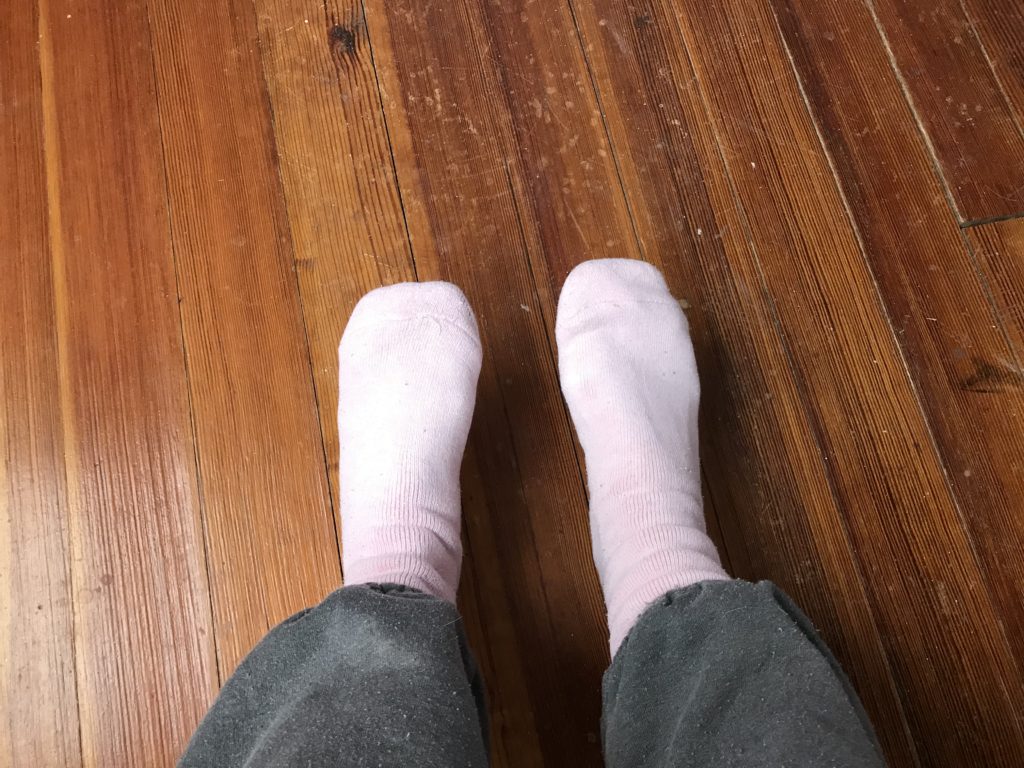There once were two brothers whose parents amassed a fortune through a series of business ventures and investments. When the youngest turned 21, they turned the entire fortune, including the business ventures and investments, over to the brothers. They gave the older son 2/3 of the fortune and the younger son 1/3 of the fortune because that was just the way they wanted to do it. Both sons respected their wishes.
Before the parents turned the fortune over to their sons, they gave them each a book with guidelines about how to manage the money. Then, they told them about an assisted living home they had built. This facility had hair salons, bus services, restaurants, nursing staff, housekeeping staff, all of the amenities. After they gave their sons the fortune, they planned to move into this home. Each son was to contribute 10% of his yearly wages from the fortune to the upkeep of the home. Any leftover was to be invested for years when their 10% didn’t cover the costs.
The sons also had a sister who was disabled. The parents had established a separate trust for her, but asked the sons to provide for her needs should the trust not cover all of her expenses.
The sons agreed to the above conditions and took over management of the fortune.
The older son looked at all of the money he had, and he spent it on things he and his wife and children wanted, but didn’t need, like fancy homes, expensive vacations, name brand clothes, the latest technology. He didn’t give the 10% as he had agreed to do, but at first that was alright. The amount he gave covered enough of the expenses that the younger brother’s 10% covered the rest. His sister’s caregivers left messages about things she needed, but he erased the messages. As the years went on, the home’s upkeep and sister’s care became more expensive. The man grew to resent even the small amount he was giving. He stopped visiting his parents and sister because he was angry that they wanted some of his money.
The younger son looked at all of the money he had and knew he had to spend it wisely. He read the book carefully, underlining what he felt were the important tips. He decided to live in a nice, but less expensive house. His family took some vacations, but not every year. They didn’t always have all of the latest gadgets, but they had what they needed to live in today’s society. He gave the 10% to his parents’ estate. When the sister’s caregiver called, he always took care of her needs out of a savings he had established. He enjoyed visiting his parents, and often brought them gifts. He was excited to share the wealth they had given him with his parents to make their home nicer and their lives more fulfilling. He also enjoyed visiting his sister and liked to see how she thrived on what he gave her.
Neither brother knew what amount the other gave to the care of the home and sister. Eventually, the home’s expenses drained the 10% the younger brother was contributing and everything he had kept in reserve for the upkeep of the home. He gave even more, but eventually, the income from his 1/3 of the estate couldn’t support his family, the home, and the sister. The home had to be sold, and the parents were put into an inferior place with inadequate care. His contributions also did not meet his sister’s needs, so she had to go into a State home where she was not treated well and lived in bad conditions.
The younger son still visited the parents and sister. He did his best to take care of them. The older brother knew that his parents would know that he spent the money intended for them and his sister, but he didn’t want to give up his money, so he put his parents and sister out of his mind and tried to forget about them.
I probs don’t have to explain it to you, but, the the brothers are the church members (Some have more money than others.), the assisted living home is the church supported by our tithes, and the sister is the mission work–i.e. the people of Mexico, Haiti, Africa, etc.,–which we give to out of what we have left after the tithe. The sister is also the people in our church who fall on hard times and need our help, just as when we are in need we would like others to help us. God has given each of us enough–unless we have to go on welfare or have some tragic circumstance that drains all of our money–that we can donate 10% if we want to. If we have to go on welfare or some tragic circumstance happens to us, He has given other members of the church enough that they can help us through difficult times.
If we don’t give to the church, we won’t be able to afford our pastors and other church staff, our church will fall into disrepair, and when hard times come to the members, we will not have a reserve to fall back upon.
This is not a perfect illustration because God Himself isn’t affected as the parents in the parable are, but our relationship with God is really affected by how much we give. People give 10% because they are excited to share with God out of what He has given them. They also trust Him to provide for them if they fall on hard times. You can decide for yourself what you think of the actions of the older and younger brother.
Please leave any comments below. I will only post the ones which are worded in a respectful manner.
Thank you for reading. See ya!



